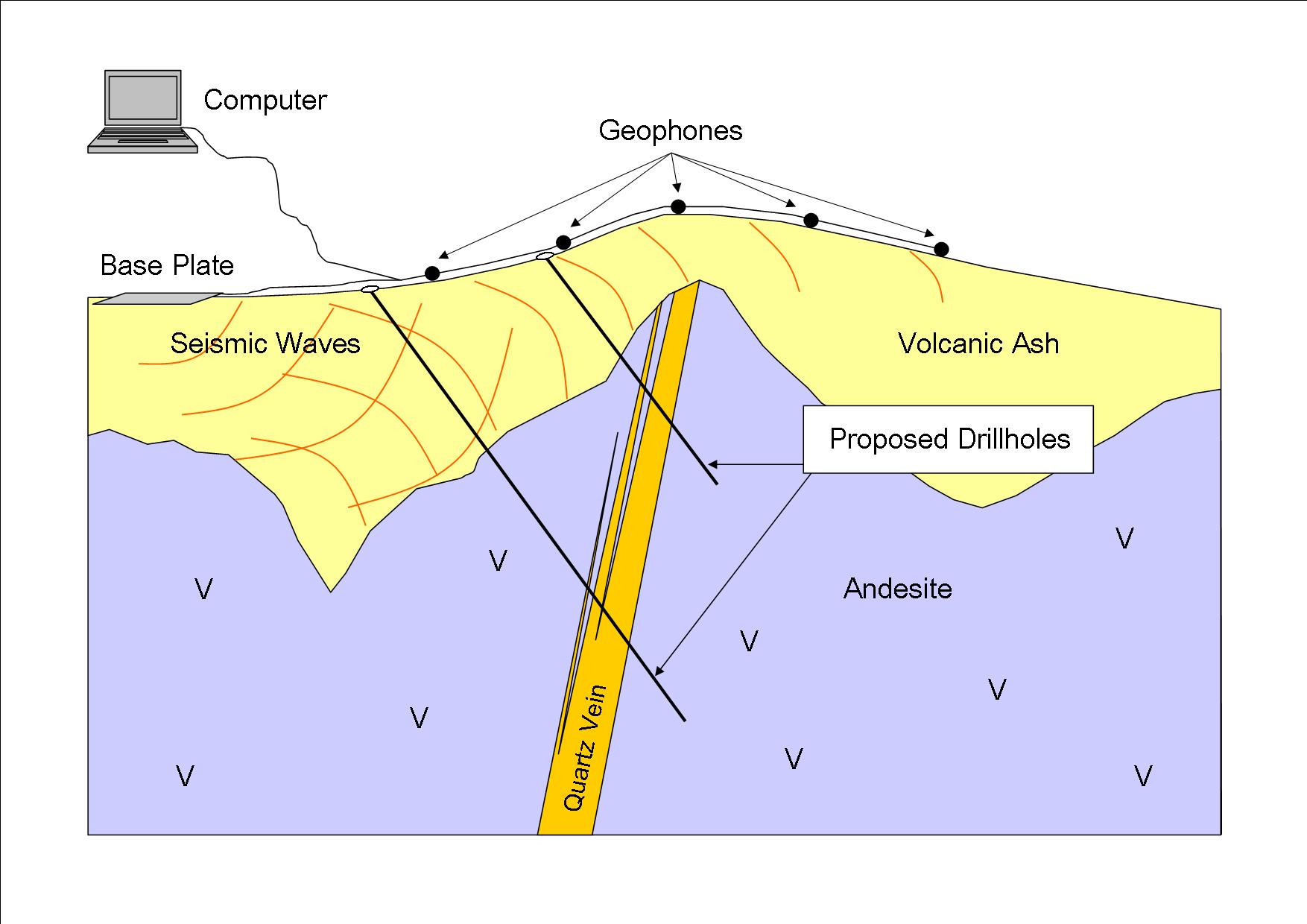All Categories
Featured
Table of Contents
Geophysical Methods Commonly Employed For Geotechnical ... in Subiaco WA 2020
Much of the image includes blank areas now with little or no radar response. The "courtyard" wall is still showing strongly, however, and there are continuing suggestions of a difficult surface area in the SE corner. Time piece from 23 to 25ns. This last piece is now almost all blank, but a few of the walls are still showing highly.
How deep are these slices? Unfortunately, the software application I have access to makes approximating the depth a little tricky. If, however, the leading 3 pieces represent the ploughsoil, which is probably about 30cm think, I would guess that each piece is about 10cm and we are only coming down about 80cm in total.

Thankfully for us, the majority of the websites we have an interest in lie simply below the plough zone, so it'll do! How does this compare to the other techniques? Comparison of the Earth Resistance data (leading left), the magnetometry (bottom left), the 1517ns time piece (leading right) and the 1921ns time piece (bottom left).
Geophysical Surveys In Portland, Or in Noranda Oz 2023
Magnetometry, as discussed above, is a passive method determining local variations in magnetism against a localised absolutely no value. Magnetic vulnerability study is an active technique: it is a step of how magnetic a sample of sediment could be in the presence of an electromagnetic field. Just how much soil is tested depends on the size of the test coil: it can be extremely small or it can be fairly big.
The sensing unit in this case is really small and samples a small sample of soil. The Bartington magnetic susceptibility meter with a big "field coil" in usage at Verulamium during the course in 2013. Leading soil will be magnetically boosted compared to subsoils merely due to natural oxidation and reduction.
By determining magnetic susceptibility at a reasonably coarse scale, we can spot areas of human profession and middens. Regrettably, we do not have access to a reputable mag sus meter, however Jarrod Burks (who helped teach at the course in 2013) has some exceptional examples. Among which is the Wildcat website in Ohio.
An Assessment Of Geophysical Survey Techniques For ... in Craigie WA 2021
These towns are typically laid out around a main open location or plaza, such as this rebuilt example at Sunwatch, Dayton, Ohio. Sunwatch Village, Dayton, Ohio (image: Jarrod Burks). At the Wildcat site, the magnetometer study had actually located a range of functions and homes. The magnetic vulnerability study assisted, nevertheless, define the primary area of occupation and midden which surrounded the more open location.
Jarrod Burks' magnetic susceptibility survey results from the Wildcat website, Ohio. Red is high, blue is low. The method is therefore of terrific use in specifying locations of basic profession instead of determining specific features.
Geophysical surveying is a used branch of geophysics, which utilizes seismic, gravitational, magnetic, electrical and electromagnetic physical methodologies at the Earth's surface area to determine the physical residential or commercial properties of the subsurface - Geophysical Survey - Archaeological Research Services Ltd in Spearwood Oz 2021. Geophysical surveying techniques usually measure these geophysical homes in addition to anomalies in order to examine various subsurface conditions such as the existence of groundwater, bedrock, minerals, oil and gas, geothermal resources, voids and cavities, and much more.
Latest Posts
Geophysical Survey Definition in Bayswater Oz 2023
Geophysical Surveys: Definition & Methods in Ardross Australia 2020
What Is Geophysics And What Do Geophysicists Do? in Maddington WA 2023